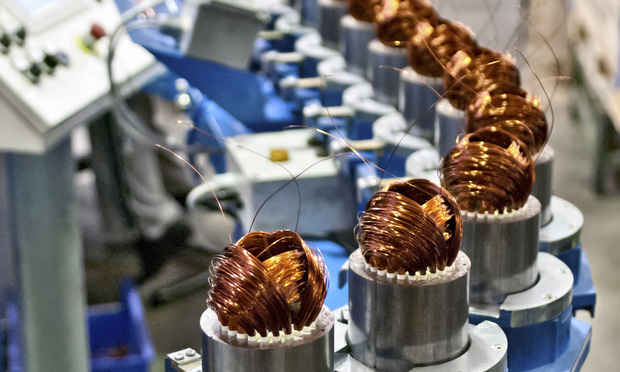From car motors to computer software, original equipment manufacturers (OEMs) create, buy and sell the components that are used in many of the most popular products on the market (e.g., parts of a car that are made by a company other than the one branded on the car). To get products to consumers, OEMs have to work with many partners, creating piles of contracts that need to be managed effectively to ensure compliance and prevent leakage of revenue.
A new study and report from PricewaterhouseCoopers and the Alliance for Gray Market and Counterfeit Abatement, a nonprofit alliance devoted to intellectual property protection, shows that OEMs and the channel partners that they contract with use a variety of different strategies in managing their relationships—some more effective than others. “Identifying the Gaps: Channel Compliance Contract Practices” reveals weaknesses in practices that may increase compliance risks.
This content has been archived. It is available through our partners, LexisNexis® and Bloomberg Law.
To view this content, please continue to their sites.
Not a Lexis Subscriber?
Subscribe Now
Not a Bloomberg Law Subscriber?
Subscribe Now
LexisNexis® and Bloomberg Law are third party online distributors of the broad collection of current and archived versions of ALM's legal news publications. LexisNexis® and Bloomberg Law customers are able to access and use ALM's content, including content from the National Law Journal, The American Lawyer, Legaltech News, The New York Law Journal, and Corporate Counsel, as well as other sources of legal information.
For questions call 1-877-256-2472 or contact us at [email protected]






